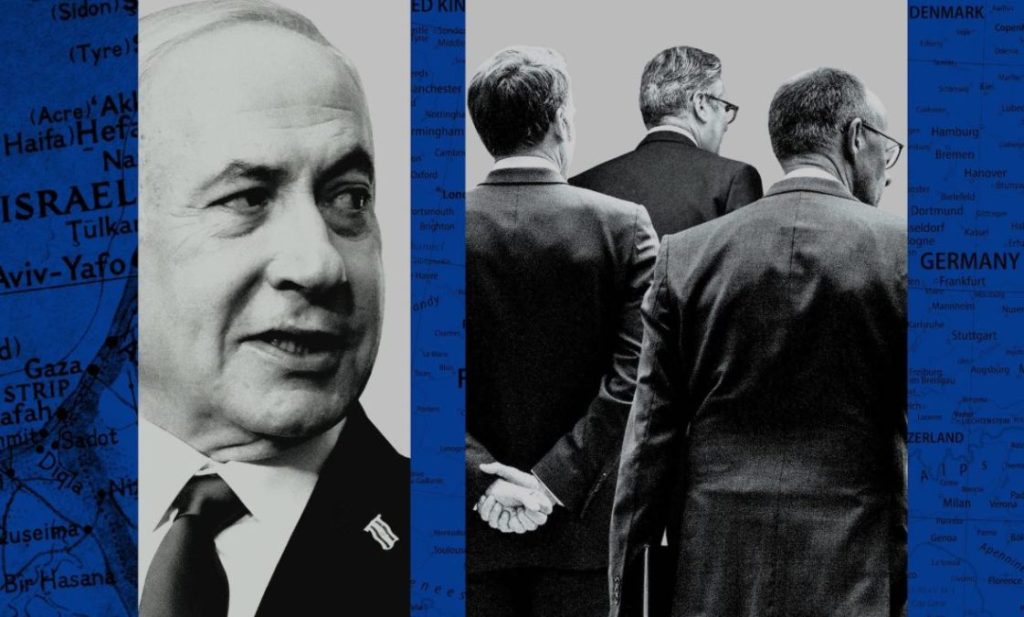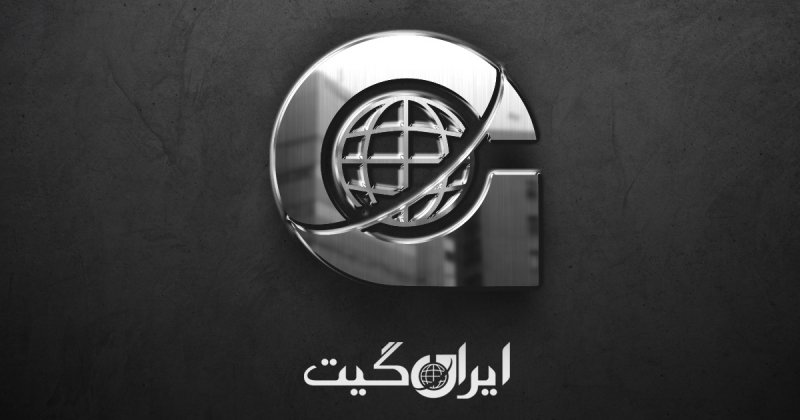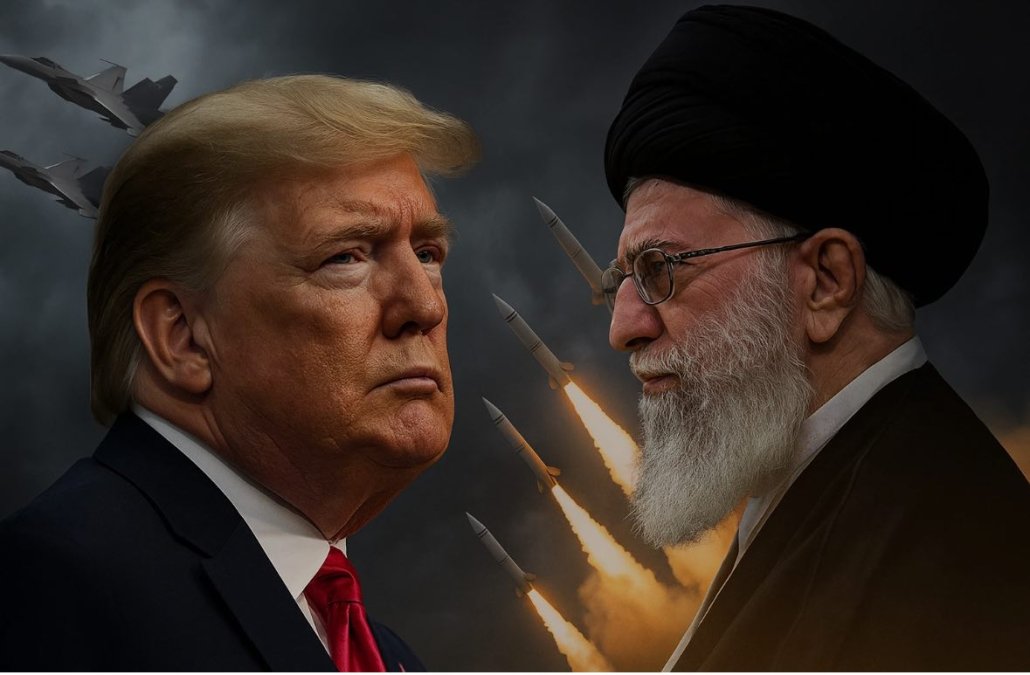From Diplomacy to Conflict: Iran and the West on an Irreversible Path
From Diplomacy to Conflict: Iran and the West on an Irreversible Path
According to Irangate News Agency, the U.S. airstrike on Iran’s nuclear facilities in the summer of 2025 is considered more than just a military action. This attack not only damaged technical infrastructure at Fordow, Natanz, and Isfahan sites but also left deep impacts on public opinion, regional geopolitical equations, and the U.S.’s standing in the mindset of Iranian society.
The U.S. Military Strike on Iran’s Nuclear Facilities: A Critical Point in Tehran-Washington Relations
In the summer of 2025, the U.S. airstrike on Iran’s nuclear facilities, including the Fordow, Natanz, and Isfahan sites, was assessed as a defining event in Tehran-Washington relations.
This operation, carried out using bunker-busting bombs, reportedly inflicted significant damage on technical infrastructure according to official Iranian sources.
Although the declared aim of the U.S. in this attack was to curb the nuclear capabilities of the Islamic Republic, its consequences extended beyond the military and technical dimensions, leaving a widespread impact on public opinion within Iran and the region.
Prior to this event, despite longstanding tensions between the two countries, part of Iranian society still viewed the U.S. with a dual perspective: criticism of U.S. government policies towards Iran, yet respect for American culture, technology, and lifestyle.
The direct attack on facilities monitored by the International Atomic Energy Agency altered this perception, with many Iranians considering this action as a direct threat to national sovereignty and security.
The Psychological and Social Impact of the Incident on Iranian Public Opinion
Psychologically, this attack can be seen as a symbolic turning point, a moment when the public mindset shifted from a sort of cultural-political duality towards a more unified approach in defending independence and redefining national security.
Signs of this change are observable in media reactions, the virtual space, and even in reviews of Iran’s domestic and regional policies. Some analysts believe that this incident has led to a redefinition of the concept of resistance in the collective mindset of Iranians and has laid the groundwork for a new discourse in the country’s public sphere.
Israel and the Geopolitical Structure of the Middle East

In response to recent developments, regional analyses have also focused on Israel’s role as an influential player in Middle Eastern developments.
From the perspective of some observers, the extensive military and diplomatic support provided by the U.S. and some Western countries to Israel has turned it into a tool for maintaining a kind of controlling order in the region.
This order, according to some analysts, prevents the formation of independent regional alliances and sustainable development.
Despite the significant potentials of the Middle East, including energy resources, geostrategic position, and a young workforce, political and security instability in this region continues. Some believe that the absence of regional convergence mechanisms and the persistence of foreign interventions challenge opportunities for development and solidarity.
The Role of Central Asia and the Caucasus in the Future Regional Order
With the geopolitical situation becoming more complex, attention to Central Asian and Caucasus countries has also gained importance.
This region, situated at the crossroads of interests of powers like Russia, China, Turkey, and Iran, could transform regional equations if it aligns with the Islamic world and the Middle East.
The Islamic Republic of Iran, due to cultural, linguistic, and historical ties with these countries, has the potential to play an active role in shaping new alliances.
In a scenario where the regional order shifts from polarization towards multilateral interaction, Iran’s role as a mediator and connector could lead to the creation of more sustainable economic, security, and cultural structures. However, the realization of this scenario depends on variables such as reducing security tensions and finding diplomatic solutions to chronic regional conflicts.
The Battle of Narratives in the Future of the Middle East
Ultimately, what is happening today among Iran, the U.S., Israel, and other regional players is not merely limited to a political or military conflict, but these developments reflect deeper struggles to define the future regional and even global order.
A future that either leads to the stabilization of the current situation and the continuation of instability or, from within tensions and role redefinitions, moves towards a new order with independent, convergent local characteristics.

